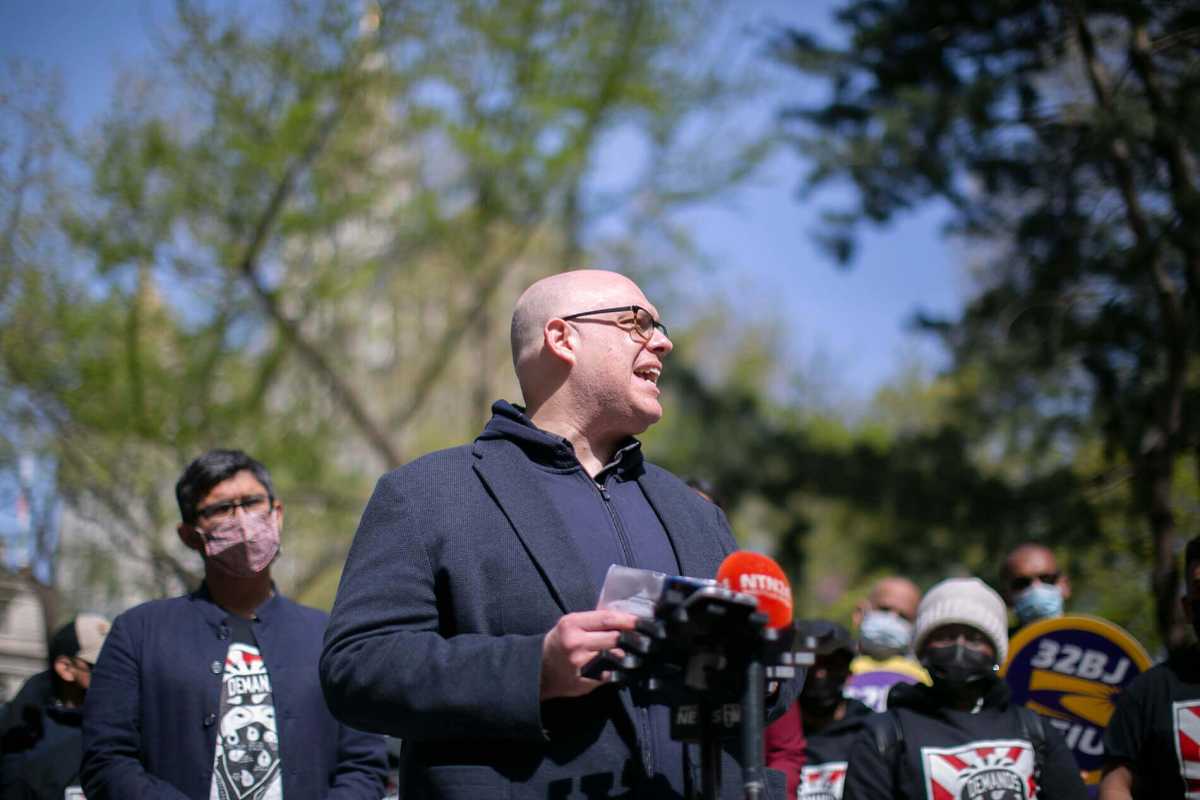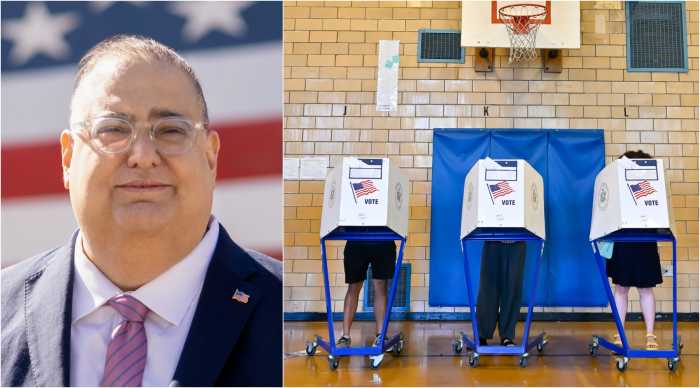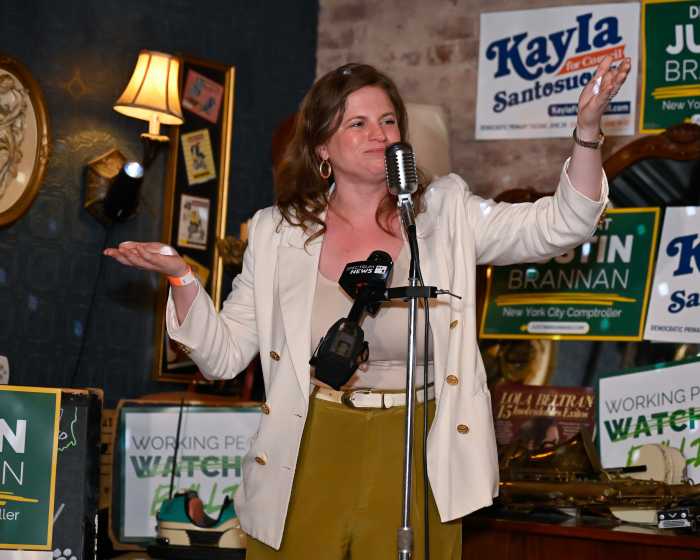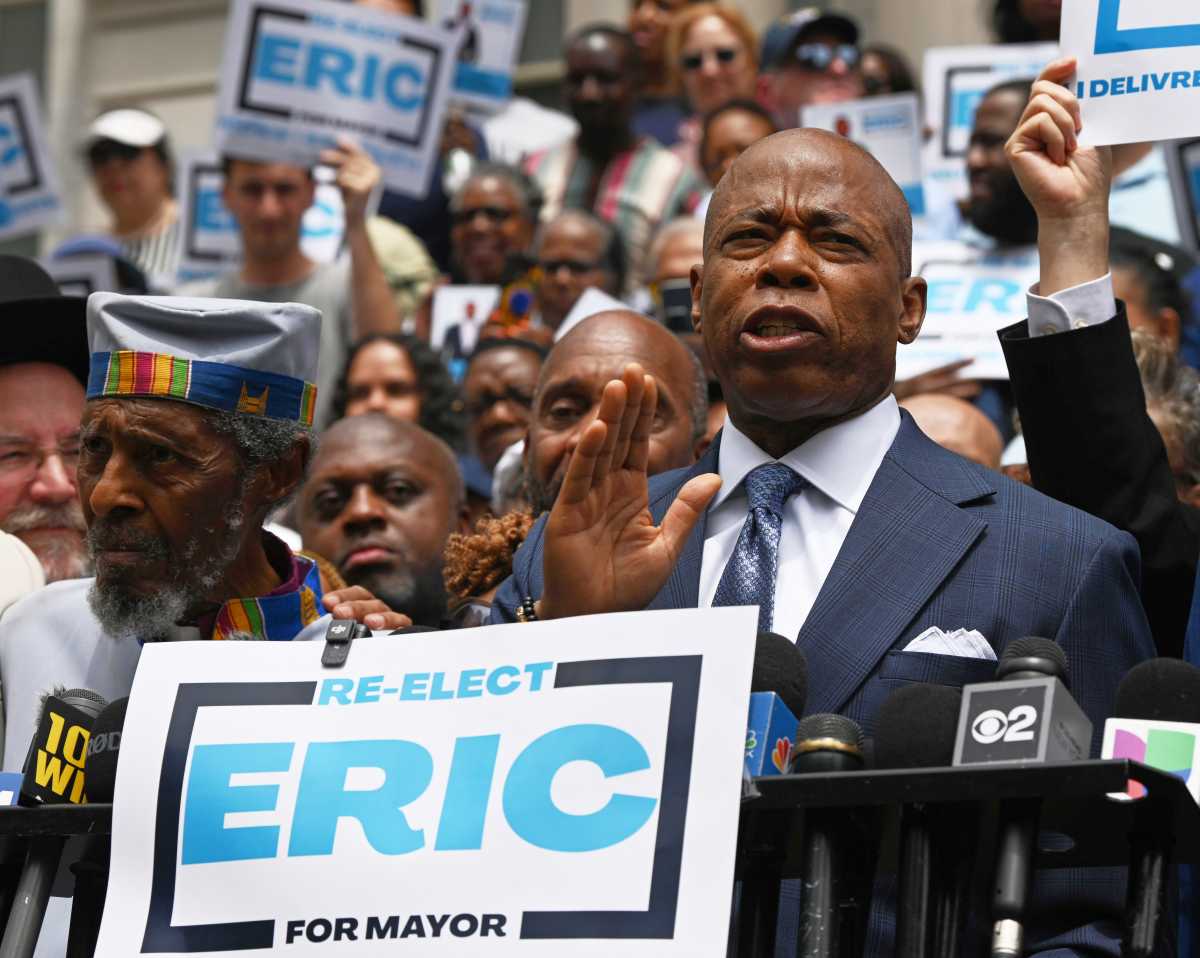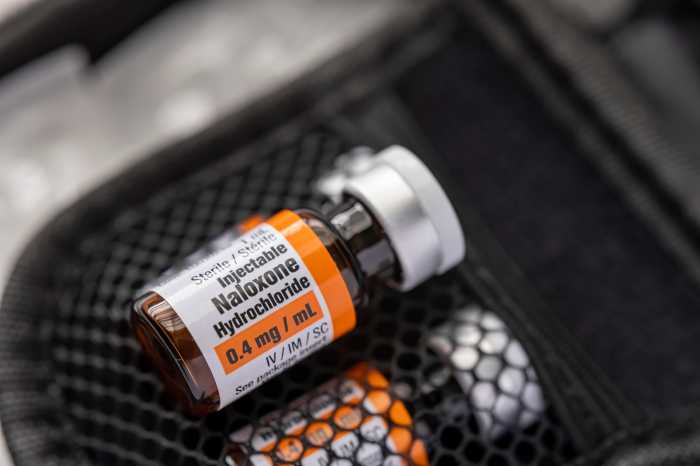Council Member Justin Brannan announced Monday that he has secured $51 million in capital funding to reconstruct and modernize segments of the sewerage system in parts of Dyker Heights that often experience backflow flooding when it rains.
Brannan said the new project includes upgrades to the system centered around 10th Avenue south of 77th Street, where for years locals have had to pump water out of their basements when heavy rainfall caused contaminated water to incorrectly flow through sewer pipes. The job builds on a construction project the NYC Department of Environmental Protection implemented over 20 years ago.
“My hard working neighbors in Dyker Heights deserve to have basements that don’t flood every other time it rains,” Brannan said in a statement. “These homeowners pay their property taxes just like everybody else – they actually pay a higher effective rate than most other neighborhoods. They have spent too many late nights and family holidays pumping raw sewage down in their basements.”
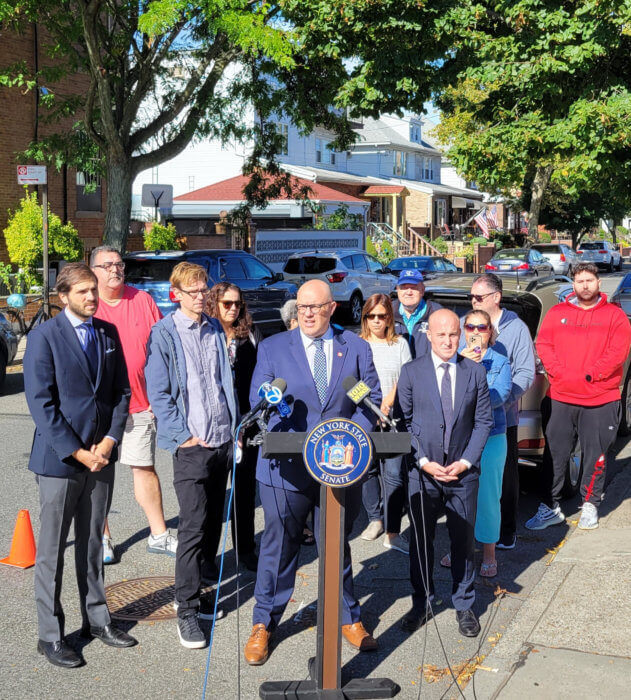
According to Brad Hennessy, a homeowner in Dyker Heights, a rainy forecast means constant flood watch for him and his neighbors. He said when the area flooded last year, he had to stand outside his home with buckets to ensure his basement didn’t flood — an issue he claims is caused by faulty sewer systems.
“It’s an archaic system,” he told Brooklyn Paper. “Stormwater shouldn’t cause flooding. We pay taxes but we’re not getting the services. It’s a big health hazard, that’s my biggest concern.”
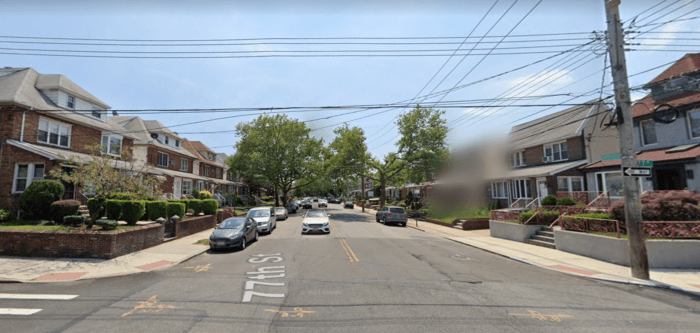
Hennessy, who has owned a home in the area for over a decade, said the issue of backflow flooding has only gotten worse with time. After witnessing some older neighbors struggle to keep their basements flood free, he took his concerns to elected officials and pleaded for a new sewer model that would bring the locals peace of mind.
“It’s not going away whether people want to believe it or not,” he said. “I don’t want something that’s going to fail in a year. We want it to work.”
Brannan’s announcement comes after years of public outcry from people like Hennessy and state Sen. Andrew Gounardes. Last fall, the pols joined with frustrated neighbors in a rally to call for the completion of a sewer upgrade they say began but was never completed more than two decades ago.
However, a NYC Department of Environmental Protection spokesperson previously told Brooklyn Paper it completed the original upgrade to the 10th Avenue sewer lines years ago. However, with climate change causing more storms, the DEP says it needs to expand the current system.
“Climate change is bringing more intense storms to NYC that can overwhelm the capacity of the sewer system, and in many cases the sewers cannot be built any larger than they already are. This is why we are focused on creating a multi-layered system of defense that will combine the use of green infrastructure and traditional sewers to better manage these storms,” the DEP spokesperson said. “We look forward to working with the Dyker Heights community on this important work.”
New York City has experienced historic rainfalls in recent years, exacerbating flooding concerns. Last Friday, the city declared a state of emergency when heavy rainfall caused flash flooding in streets and subway stations. Flood maps showed up to 11 inches of flooding in some parts of Brooklyn on Sept. 29.
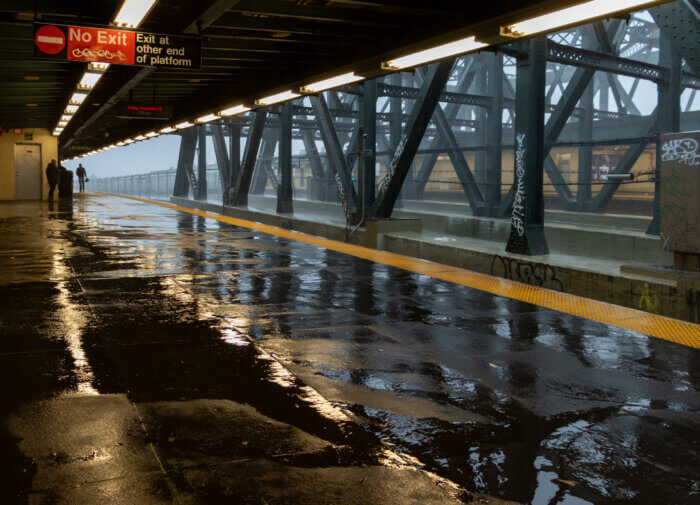
The National Weather Service does not have a rain monitoring system exclusively for Kings County; however, data for two sites in Queens reported September was the wettest on record.
DEP has not shared a project completion date. Now that Brannan has secured funding, the department has begun the design phase for the sewer replacement project.
“These days, as we see stronger and more frequent storms, it’s not uncommon to see storms dumping more than 3 inches of rain per hour,” Brannan said. “Trust me, I know nobody wants to talk about climate change when their basement is flooded, but it’s real. That’s why investing in and updating our old and aging infrastructure is crucial.”


